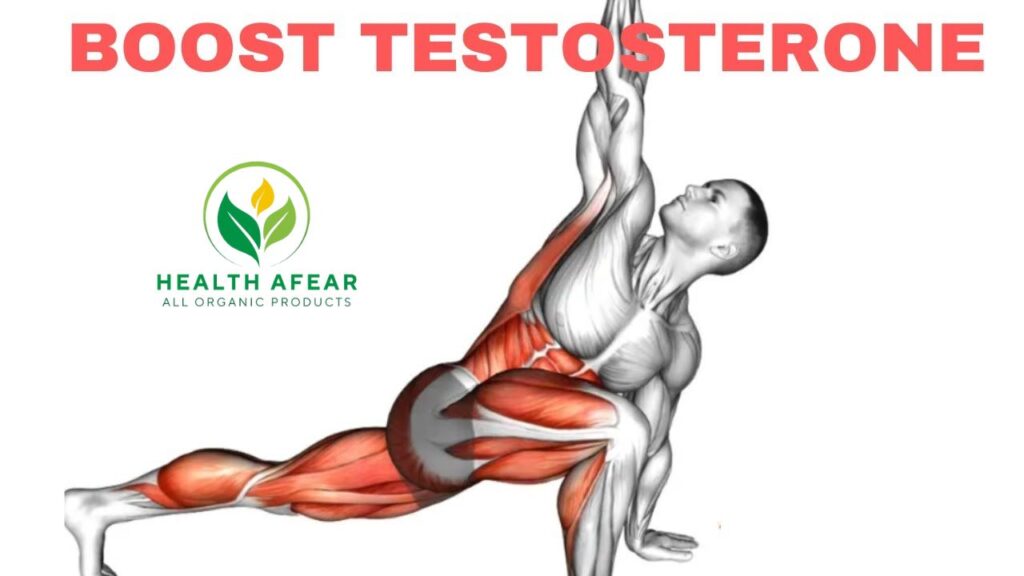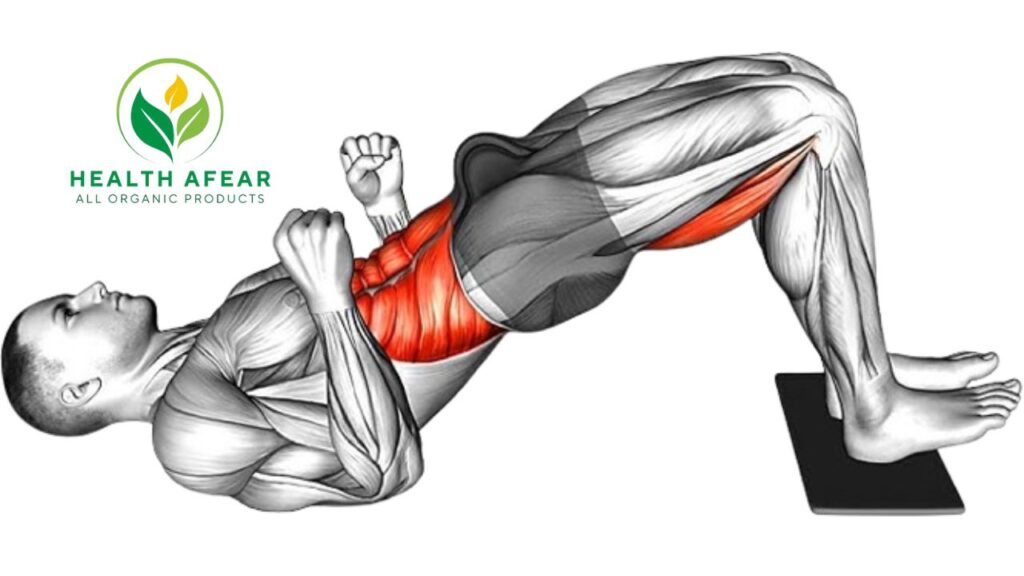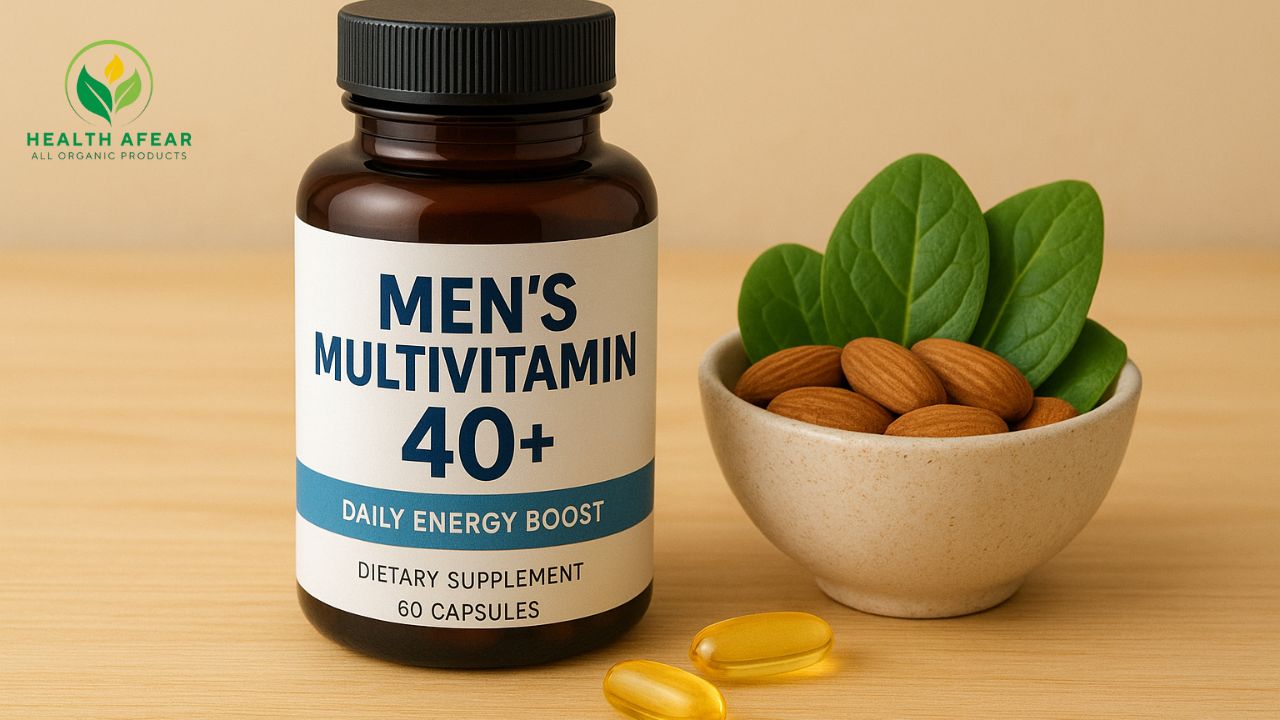Top Workouts to Increase Testosterone Levels in 2025
Did you know about Best Exercises for Testosterone Boost 2025, if yes then this article is for you. We will be discussing . Read on for more.
Testosterone is one of the most important hormones for men’s health, vitality, and overall performance. It plays a key role in muscle growth, fat metabolism, mood regulation, and even bone density. Unfortunately, modern lifestyles—sedentary work, poor diet, stress, and lack of sleep—have contributed to lower testosterone levels in men over the years.

The good news is that certain types of physical exercise can naturally boost testosterone production. In 2025, fitness experts and research studies continue to emphasize the importance of strength training, high-intensity workouts, and compound movements for improving hormonal balance.In this article, we’ll explore the best exercises for testosterone boost in 2025, why they work, and how you can integrate them into your fitness routine for maximum results.
Weight Training vs Cardio for Hormones
When it comes to balancing hormones, both weight training and cardio play important roles, but their effects are quite different.
Weight Training is one of the most effective ways to boost testosterone naturally. Compound lifts like squats, deadlifts, and bench presses stimulate large muscle groups, triggering higher testosterone and growth hormone release. These hormones support muscle growth, fat burning, and faster recovery. Strength training also improves insulin sensitivity, helping regulate blood sugar and energy levels. However, overtraining without rest may elevate cortisol, the stress hormone, which can counter testosterone benefits.
Cardio, on the other hand, has a moderate impact on testosterone. While steady-state cardio does not significantly increase testosterone, it does lower stress and improves mood by boosting endorphins and serotonin. Light to moderate cardio is great for heart health, fat loss, and better sleep. But excessive endurance training (like long-distance running) may raise cortisol levels and reduce testosterone over time.
Sample Weekly Testosterone-Boosting Workout Plan
First Day (Strength – Lower Body):
- Squats: 4×8
- Deadlifts: 3×6
- Walking Lunges: 3×12
Second Day (Strength – Upper Body):
- Bench Press: 4×8
- Pull-Ups: 3×12
- Overhead Press: 3×8
Three Day (HIIT & Conditioning):
- Sprint Intervals: 8 rounds (20s sprint, 40s rest)
- Farmer’s Walk: 4 sets (30–60s)
Four Day (Olympic/Explosive Movements):
- Clean and Jerk: 4×5
- Snatch: 3×5
- Leg Press: 3×12
Pros of Testosterone-Boosting Exercises
Engaging in testosterone-boosting workouts offers several advantages that go beyond muscle growth.
1. Supports Overall Health
Regular strength training and high-intensity workouts improve bone density, heart health, and metabolism. By lowering body fat and improving insulin sensitivity, these exercises reduce the risk of diabetes, obesity, and cardiovascular issues. Stronger muscles and joints also help maintain mobility and prevent age-related decline.
2. Boosts Energy Levels
Exercise stimulates testosterone and growth hormone production, which directly enhance energy and endurance. Men who train consistently often report feeling more active throughout the day. These workouts also improve sleep quality, ensuring better recovery and sustainable energy.
3. Builds Confidence and Mental Strength
Testosterone-boosting exercises not only shape the body but also strengthen the mind. Lifting heavy weights, achieving new fitness milestones, and seeing physical progress naturally increase confidence. Additionally, exercise lowers cortisol (stress hormone), improves mood, and reduces anxiety, creating a stronger sense of self-belief.
4. Long-Term Benefits
When practiced consistently, these exercises help maintain youthful energy, sharper focus, and a positive mindset well into older age. They provide a natural way to stay healthier, stronger, and more confident without relying on supplements.
Cons of Testosterone-Boosting Exercises
While testosterone-boosting workouts provide many benefits, they also come with certain drawbacks if not approached carefully.
1. Risk of Injury
Exercises like squats, deadlifts, and Olympic lifts demand proper form and technique. Poor execution or lifting excessively heavy weights can cause injuries to the back, knees, or shoulders, setting back progress.
2. Overtraining and Hormonal Imbalance
Training too frequently without enough recovery may spike cortisol, the stress hormone, which works against testosterone. Overtraining can lead to fatigue, poor sleep, mood swings, and even lower testosterone levels in the long run.
3. Time and Discipline Required
Consistency is essential for results, but not everyone can maintain a strict schedule. Busy lifestyles or lack of motivation may make it difficult to stick with these demanding workouts.

4. Can Become Addictive or Habit-Forming
Exercise often boosts confidence and energy, but for some, it can turn into an obsession. Pushing the body too hard without rest days may lead to burnout, mental fatigue, or dependence on training for self-esteem.
5. Not a Complete Solution
While exercise helps, it must be paired with proper diet, quality sleep, and stress management to truly optimize testosterone.
Conclusion
In 2025, the best way to naturally enhance testosterone is through a smart combination of compound lifts, HIIT, and consistent strength training. Exercises like squats, deadlifts, bench press, sprints, and pull-ups remain timeless because they engage multiple muscle groups and trigger powerful hormonal responses.
When combined with proper nutrition, stress management, and quality sleep, these exercises don’t just raise testosterone—they improve overall health, energy, and confidence.
This guide simplifies complex health choices into actionable steps, making it easier for you to build a routine that supports long-term hormonal balance, strength, and vitality.





Leave a Reply